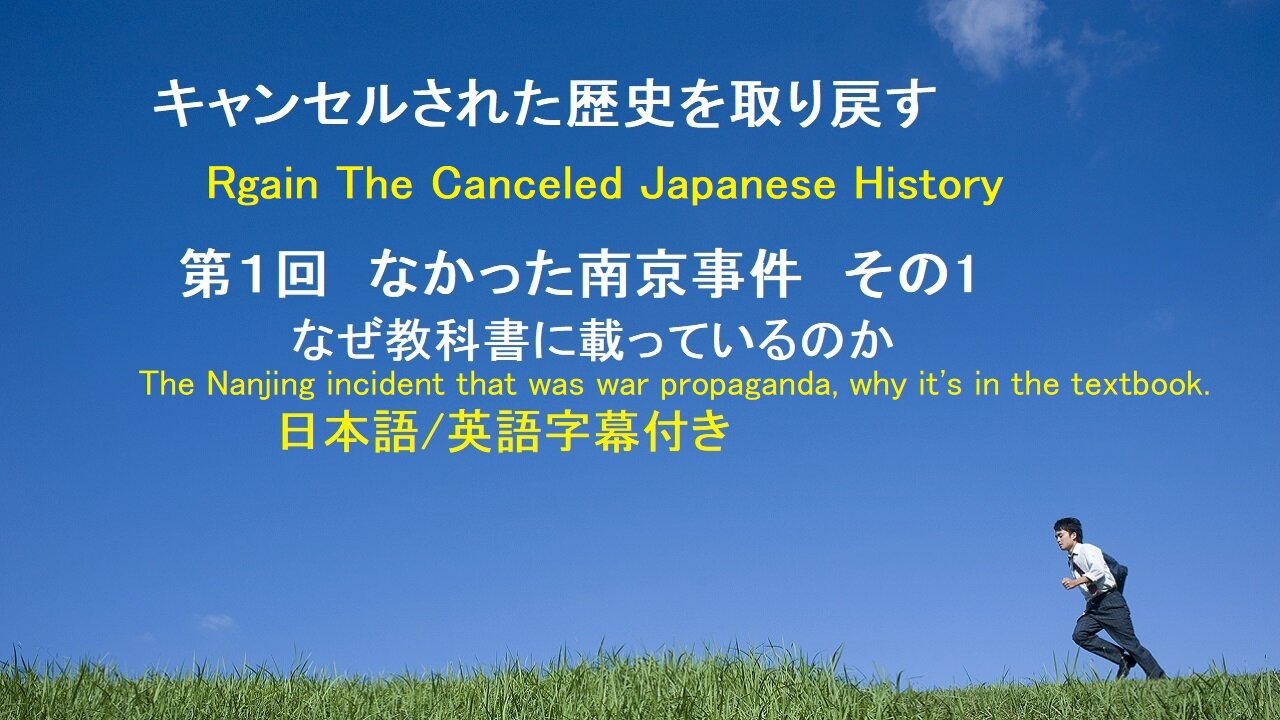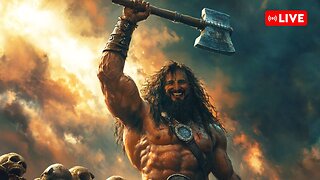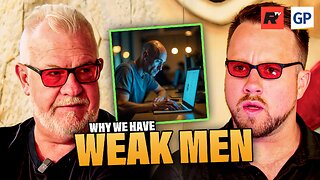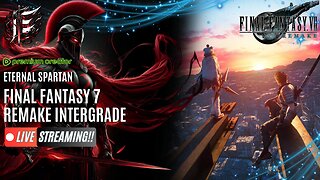Premium Only Content

"Regain The Canceled Japanese History" The Nanjing Incident 1
Hello everyone. My name is Saimonji Sakura, instructor of "Regain The Canceled Japanese History". The first lesson is Nanjing Massacre of wartime propaganda 1. Each lesson takes about 5 minutes and is configured with 4 lessons. Well then, let's start. Japan once had a war with Chiang Kai-shek's Kuomintang government, that is, the current Taiwanese opposition Kuomintang, when they were on the Chinese continent.
Since it was in a state of civil war, I doubt if it can be called a country, but it is a country before the People's Republic of China. It was a member of the League of Nations for the convenience of Europe and the United States.
This is also called the China Incident or the Japan-China War without declaration. The China incident is said to be a war started by Japan, but this is also a fake, and I will talk about it in detail in the China Incident of the5th lesson. Of course, neither the Japanese nor the Chinese wanted a war.
After the Japanese troops defeated the enemy capital Nanjing,
the current Chinese Communist Party government,along with the Asahi Shimbun, has made political publicity around the world saying that Japanese army has slaughtered 300,000 Chinese during the six weeks from December 13, 1937 to the beginning of February of the following year at capital Nangjing.
The time when it was most actively promoted was around 2015. However, in Japan, there are textbooks that describe this and textbooks that do not.
Jiyusha's history textbooks, which do not describe it, think that this case is not a historical fact, as is the comfort women that Asahi newspaper has already apologized for his false reports
So why is it described in other textbooks? There are three grounds for this. 1. Ministry of Foreign Affairs website 2. Kaikosha's Nanjing war history 3. Tokyo trial materials. The basic reason is that it would be convenient to have the Nanjing Massacre in order to make people believe that Japan is a bad country that has invaded.
The website of the Ministry of Foreign Affairs is written in Japanese and English as follows. However, "Killing a large number of Chinese, including women and children, the general public and prisoners of war”in a textbook, is not found on the Ministry of Foreign Affairs website at all.
The Ministry of Foreign Affairs has no choice but to approve the Tokyo Tribunal, so it cannot write that the Nanjing Massacre did not exist.
Of course, it is not possible to write that what is not true is true.
Therefore, it became an expression that The Government of Japan believes that it cannot be denied that...
The history of the Nanjing War of Kaikosha was not accurate after that, and it was corrected in the August 2012 "Special Issue of Kaikosha that the Nanjing Massacre was a wartime propaganda by China.
This is the homepage of Kaikosha that is a public interest incorporated foundation for veterans
At the Tokyo Tribunal, the Republic of China at the time alleged that the Japanese military had slaughtered many civilians. However, all of these complaints were hearsay testimony.
Among them were many hearsay testimonies described in the textbooks of Tokyo Shoseki that they killed a large number of Chinese, including women and children, the general public and prisoners of war.
Hearsay testimony was not adopted as evidence in the criminal case trial, but hearsay testimony was specially adopted as evidence in this Tokyo trial.
In other words, I heard from Mr. A that the Japanese army killed ordinary people such as women and children, and many Chinese including prisoners of war.
In this way, at the Tokyo Tribunal, just hearing the story proved it. It's a terrible trial, but we can't say anything because we lost the war.
General Matsui Iwane, the commander of the Battle of Nanking at that time, was hanged only for violating the war abandonment of prisoners of war and the general public by ignoring the responsibility for respecting the treaty.
It is clear that it is a story of a Chinese massacre created to hang General Matsui, who was resented by Chiang Kai-shek.
Then, how was the actual situation in Nanjing city at that time?
The continuation is the second. Goodbye everyone. Let's meet again.
-
 LIVE
LIVE
SpartakusLIVE
5 hours agoFriday NITE HYPE
824 watching -
 LIVE
LIVE
StevieTLIVE
1 hour agoFriday Night Warzone HYPE
449 watching -
 LIVE
LIVE
Flyover Conservatives
20 hours ago4 Strategies to Create Opportunity from Nothing - Clay Clark | FOC Show
174 watching -
 LIVE
LIVE
SynthTrax & DJ Cheezus Livestreams
1 day agoFriday Night Synthwave 80s 90s Electronica and more DJ MIX Livestream Michael Jackson / AI Art Compilation Edition
172 watching -
 1:49
1:49
Gaming on Rumble
7 hours agoWhat is the Rumble Creator Program!?!? (Active Premium Creators) | Lvl UP
9.89K2 -
 LIVE
LIVE
Midnight In The Mountains
4 hours agoGaming w/ PER·SE·VER·ANCE | Midnights Play Fortnite | Split Screen Action!
93 watching -
 3:56:17
3:56:17
Nerdrotic
6 hours ago $9.79 earnedLet's TACO-bout Take Us North, Hollywood COPE! Cracker Barrel CRACKED! | Friday Night Tights 369
81.3K2 -
 1:16:30
1:16:30
RiftTV
4 hours agoHow Blue Light is Turning You Gay | The Rift | Guest: Jack Kruse
19.1K5 -
 LIVE
LIVE
Eternal_Spartan
11 hours ago🟢 Eternal Spartan Plays Final Fantasy 7 Remake Intergrade | USMC Vet | Join the Best Chat on Rumble
74 watching -
 LIVE
LIVE
MissesMaam
1 hour ago*Spicy Sips* Friend Friday with Mally_Mouse and Friends!!! 💚✨ (part 2 stweam crashed)
54 watching